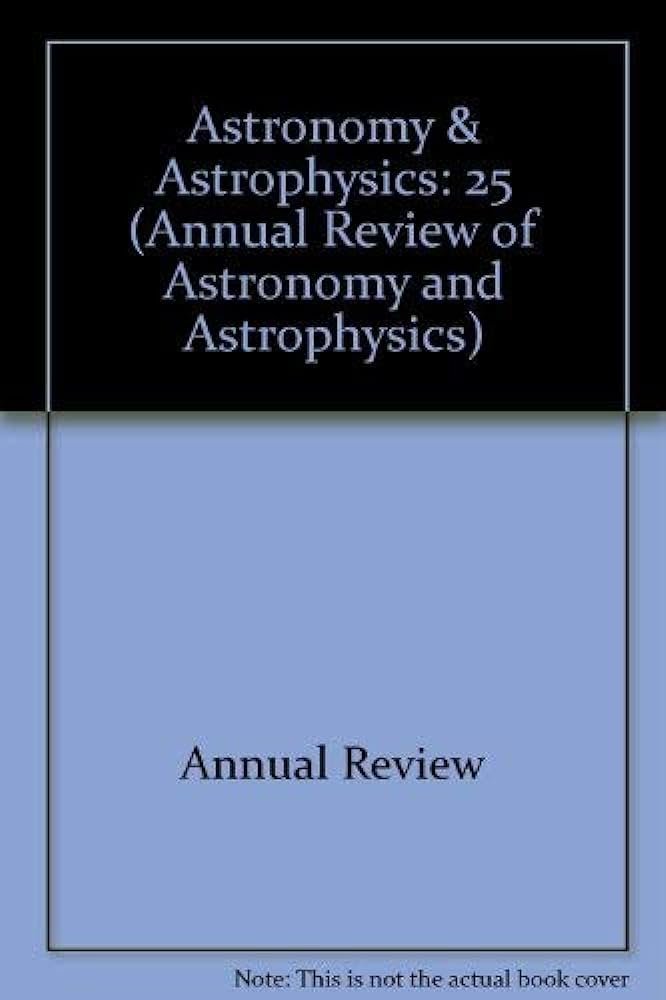如何描述宜居世界和生命迹象
IF 26.3
1区 物理与天体物理
Q1 ASTRONOMY & ASTROPHYSICS
Annual Review of Astronomy and Astrophysics
Pub Date : 2017-08-18
DOI:10.1146/annurev-astro-082214-122238
引用次数: 152
摘要
对围绕其他恒星运行的系外行星的探测彻底改变了我们对宇宙的看法。第一个结果表明,它充满了迷人的岩石行星多样性,包括那些位于宜居带的行星。即使是我们最近的恒星半人马座比邻星,在其宜居带中也有一颗小行星比邻星b。通过下一代望远镜,我们将能够窥视岩石行星的大气层,并一瞥其他世界。利用我们自己的行星及其广泛的生物群作为罗塞塔石碑,我们探索如何在星际距离内探测系外行星的宜居性和生命迹象。目前的望远镜还不足以描述宜居系外行星的特征,但已经在建造的下一代望远镜将有能力描述附近宜居世界的特征。关于是什么使地球成为栖息地以及如何发现生命迹象的讨论很活跃。这篇综述将展示最新的结果,如何识别一个。。。本文章由计算机程序翻译,如有差异,请以英文原文为准。
How to Characterize Habitable Worlds and Signs of Life
The detection of exoplanets orbiting other stars has revolutionized our view of the cosmos. First results suggest that it is teeming with a fascinating diversity of rocky planets, including those in the habitable zone. Even our closest star, Proxima Centauri, harbors a small planet in its habitable zone, Proxima b. With the next generation of telescopes, we will be able to peer into the atmospheres of rocky planets and get a glimpse into other worlds. Using our own planet and its wide range of biota as a Rosetta stone, we explore how we could detect habitability and signs of life on exoplanets over interstellar distances. Current telescopes are not yet powerful enough to characterize habitable exoplanets, but the next generation of telescopes that is already being built will have the capabilities to characterize close-by habitable worlds. The discussion on what makes a planet a habitat and how to detect signs of life is lively. This review will show the latest results, the challenges of how to identify an...
求助全文
通过发布文献求助,成功后即可免费获取论文全文。
去求助
来源期刊

Annual Review of Astronomy and Astrophysics
地学天文-天文与天体物理
CiteScore
54.80
自引率
0.60%
发文量
14
期刊介绍:
The Annual Review of Astronomy and Astrophysics is covers significant developments in the field of astronomy and astrophysics including:The Sun,Solar system and extrasolar planets,Stars,Interstellar medium,Galaxy and galaxies,Active galactic nuclei,Cosmology,Instrumentation and techniques,
History of the development of new areas of research.
 求助内容:
求助内容: 应助结果提醒方式:
应助结果提醒方式:


